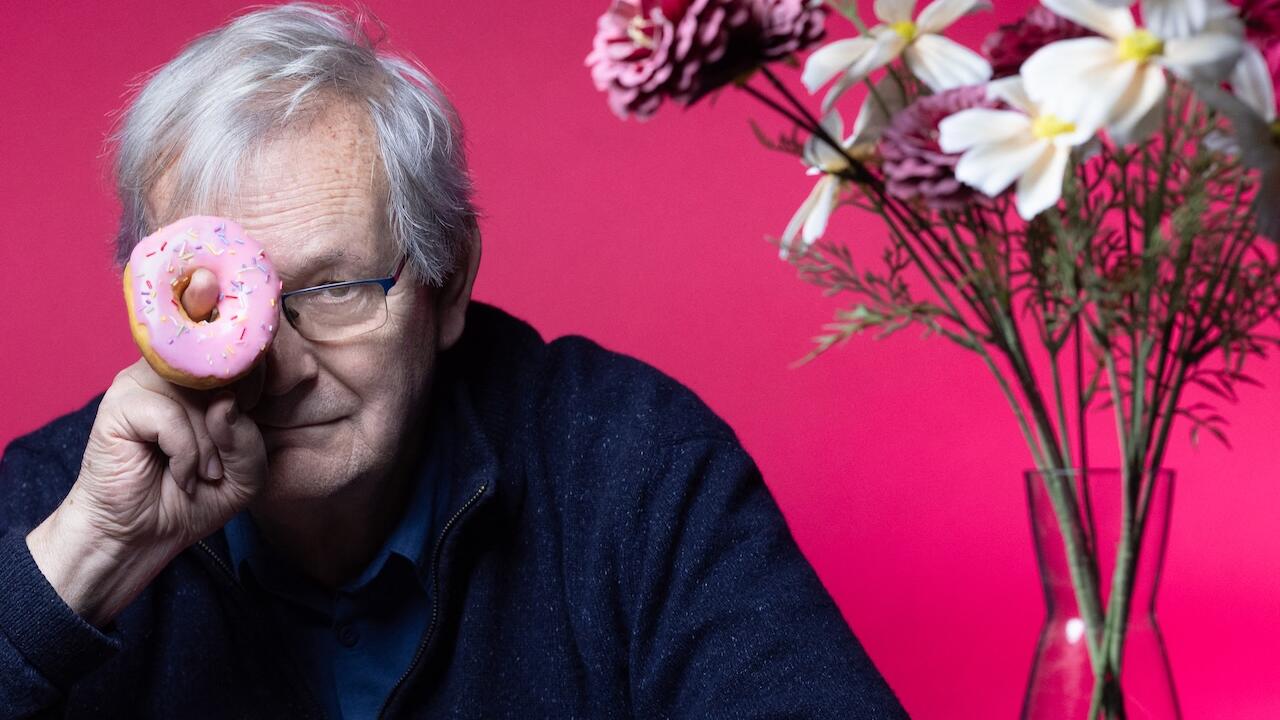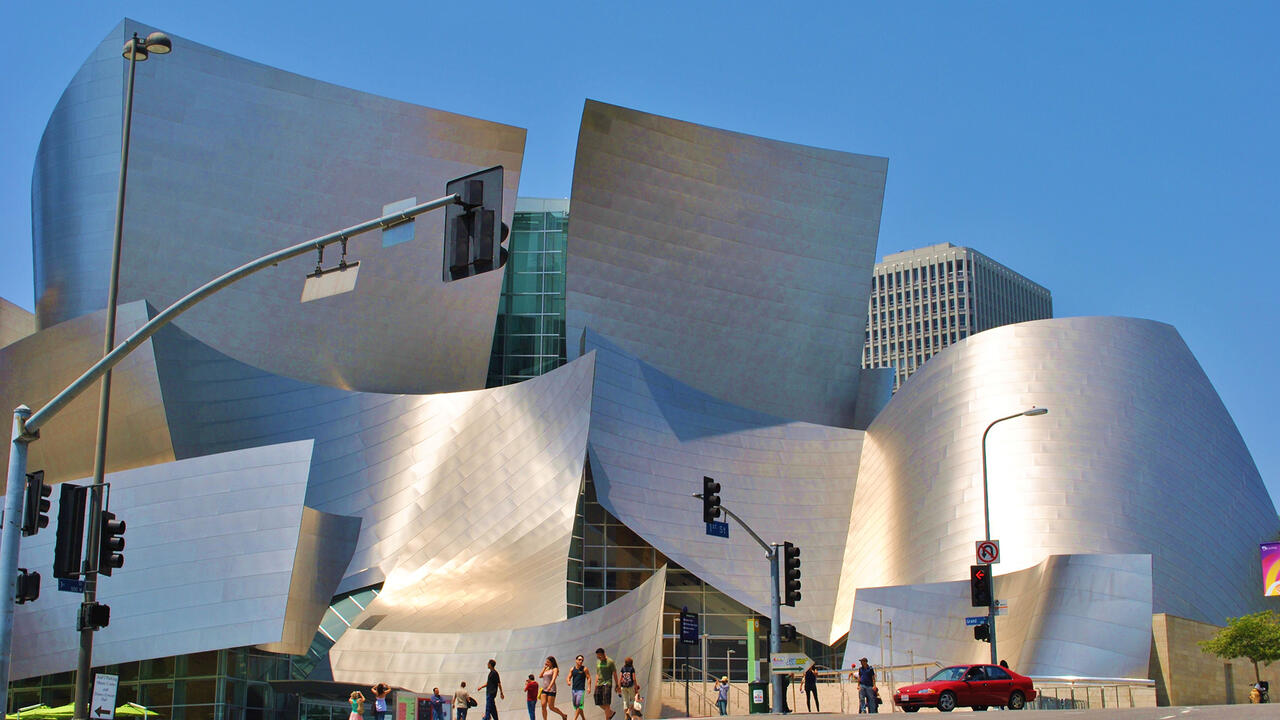‘High Society' at the Rijksmuseum: Gambling, Carousing and Clothes
An astonishing A-list of loans shows an array of materiality, vanity and questionable morality that contemporary eyes will understand
An astonishing A-list of loans shows an array of materiality, vanity and questionable morality that contemporary eyes will understand

In the first room of 'High Society' a loud, wall-sized film spills electronic music out into the exhibition. The film includes a shot of Rembrandt's 1634 wedding portraits of Marten Soolmans and Oopjen Coppit hanging either side of the collector Éric de Rothschild's uncomfortable-looking bed. Rembrandt only painted three full-length portraits; these are two of them, and they are the only pair. Because of the time involved in painting so much canvas – a combined expanse of over five and a half square metres in this case – this was a form of portraiture reserved for royal and noble subjects and, later, for what we would now call ‘the one percent’. Shortly after the bedside photograph was taken, Marten and Oopjen became the most expensive Old Master paintings in history, bought for €160 million by the Rijksmuseum and the Louvre on the 1 February 2016.

Their exhibition at the Louvre that year was the first time the portraits had been seen in public for 60 years. 'High Society' – which includes more than 35 paintings made over four centuries – is billed as the first exhibition dedicated to 'Life-size, Standing and Full-length' portraiture, and themes itself as an elite party thrown in their honour. On the audioguide, Taco Dibbits, the recently appointed Rijksmuseum Director who oversaw the sale, describes how Rembrandt 'stripped the portrait back to its essence' with Marten and Oopjen, emptying the background of symbolic props. The voice of Cécile Narinx, editor-in-chief of Harper's Bazaar, reminds us that the deep black of Marten and Oopjen's clothing was ostentation, not restraint: an expensive, laboriously dyed symbol of status to set against similarly intricate lacework. Besides the sheer fact of their size, part of the portraits' impact here comes from the contrast of their carefully restored, nearly monochrome clarity against the exhibition's checkerboard matt-and-gloss-pink walls.

Other 'guests' include Richard Sackville, 3rd Earl of Dorset, in a 1613 portrait of attributed to William Larkin; he spent some of one of the largest fortunes in England sponsoring John Donne and the rest on gambling, 'carousing', and clothes. Giovanni Baldini's more loosely painted Marchesa Luisa Casati with a Greyhound (1908) catches its subject in what is, for Casati, a relatively understated outfit: she once wore a dress of lightbulbs wired up to a generator. (Cécile Narinx describes her as the Lady Gaga of her day.)
The museum's flamboyant marketing campaign includes dressing up actors as the characters from the paintings. The 'party' metaphor captures the way that the Rembrandts' status has drawn in an astonishing A-list of loans from eleven countries, albeit all European in origin. Focusing more on the portrait subjects than the people who painted them is arguably fair to how they were originally commissioned and conceived. But, particularly in the case of such monumental works, this focus invites the kind of questions campaigns such as #rhodesmustfall have been asking about public statuary and historical roles it celebrates.

Especially at the earlier end of the chronology, many of the men in the exhibition demonstrate the origin of their status by standing ready to draw swords. There might be some debate over the sitter – or rather strutter – in Goltzius's hilarious John Colterman as Hercules (1613), which is billed as 'probably' the only nude painting of this sort. Except, of course, that he isn't naked: rather than contemporary aristocratic finery, he is dressed in the rather more impressive classical mythology of Hercules, symbolically battering his enemies with the fearsome club slung over his shoulder. There is a more insidious violence about Thomas Lawrence's 1825 portrait of the quietly sneering aristocrat David Lyon or, facing him in the gallery, Francois-Hubert Drouais' Joseph Hyacinthe François de Paule de Rigaud, Comte de Vaudreuil (1758), in which the subject points on a map to his place of birth: the French Caribbean colony of San Domingo, of which his father was governor, and from whose sugar plantations he derived his vast wealth. Lyon took over his father's plantation in 1827. On the abolition of slavery in 1833, he had 13 plantations in Jamaica and 'owned' two thousand enslaved men and women.

Rather than, say, pair the paintings with such rare images as survive of the people whose labour supported their opulence, 'High Society''s partner exhibition of prints and works on paper, 'High Society Uncut', looks at the high-status subjects' less public activity. The central work – a print by Rembrandt's contemporary Willem Basse of a woman sat amorously on a man's lap – bears a passing resemblance to Marten and Oopjen. The curator Jane Turner's verdict, though, is that it is most likely the graphic equivalent of a best-man's-speech joke, depicting Rembrandt and his wife Saskia Sassens. Around it, there are entertaining images of drunkenness, gambling and fornication, an opulent bed, and a pink-lit room warning viewers of its especially lewd content with a sign showing coitally arranged footprints. In the press conference, Turner describes the exhibition as inspired by celebrity magazines; the gallery's press department even mocked one up for the Dutch press with the portraits behind gossipy headlines.
About six months after the deal for Marten and Oopjen was closed, Edinburgh University students Elise Bell, Chloe Esslemont and Mayanne Soret opened the excellent Tabloid Art History Twitter account, wittily pairing paparazzi images with passages of canonical painting and sculpture. At the time of writing, their current pinned tweet pairs a photograph of Britney Spears at a drive-through in 2007 with Caravaggio's David with the head of Goliath (c.1607). At this party, art history is dancing to their tune.
'High Society' runs at the Rijksmuseum, Amsterdam, until 3 June 2018. Main image: Lucas Cranach the Elder, Henry the Pious, Duke of Saxony, 1514, oil on canvas, 185 x 83 cm. Courtesy: Gemäldegalerie Alte Meister, Dresden, Staatliche Kunstsammlungen











